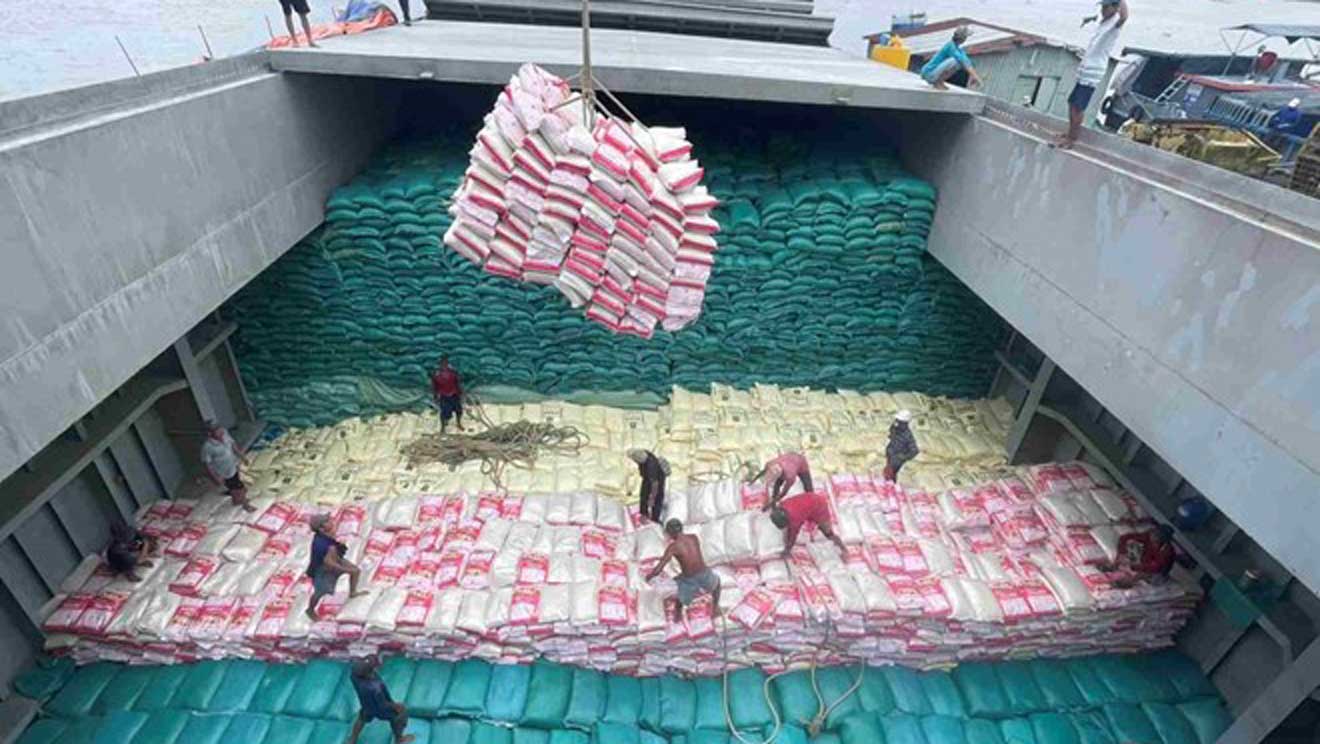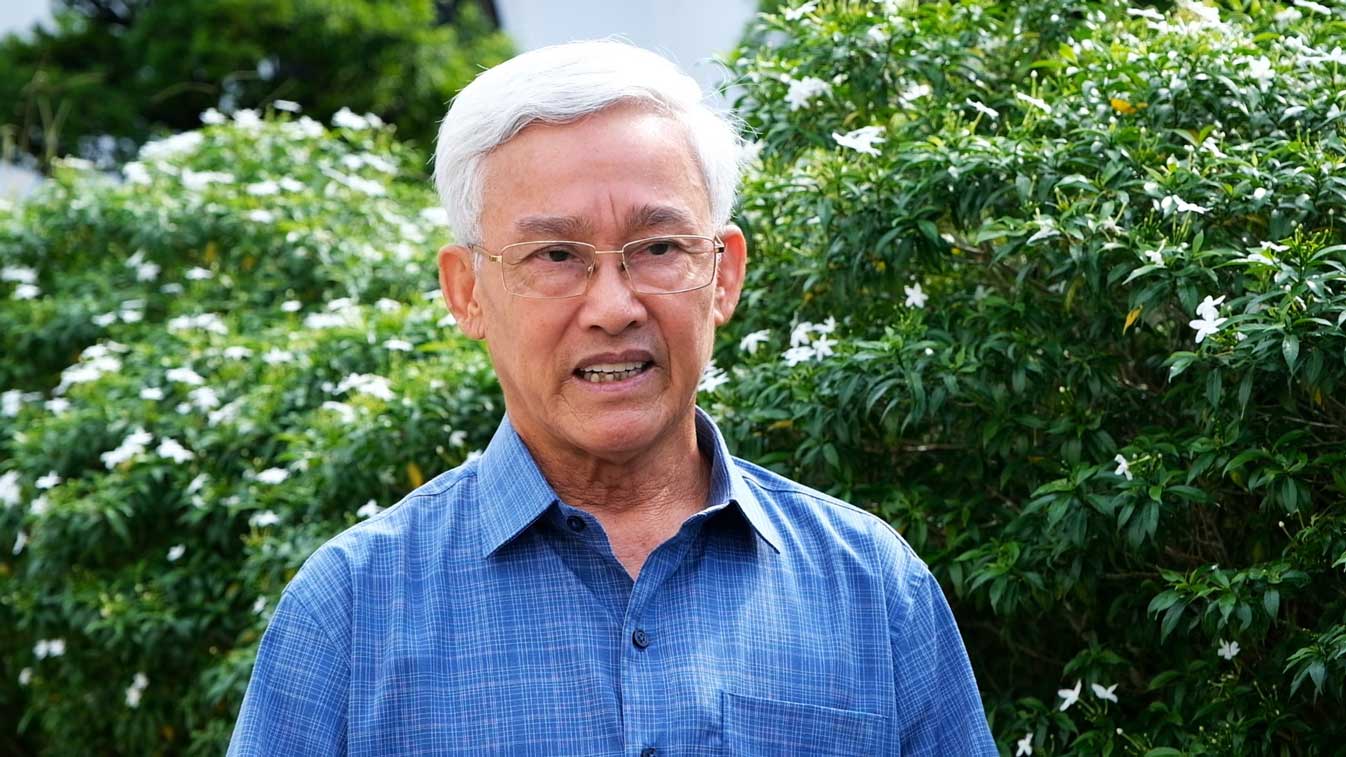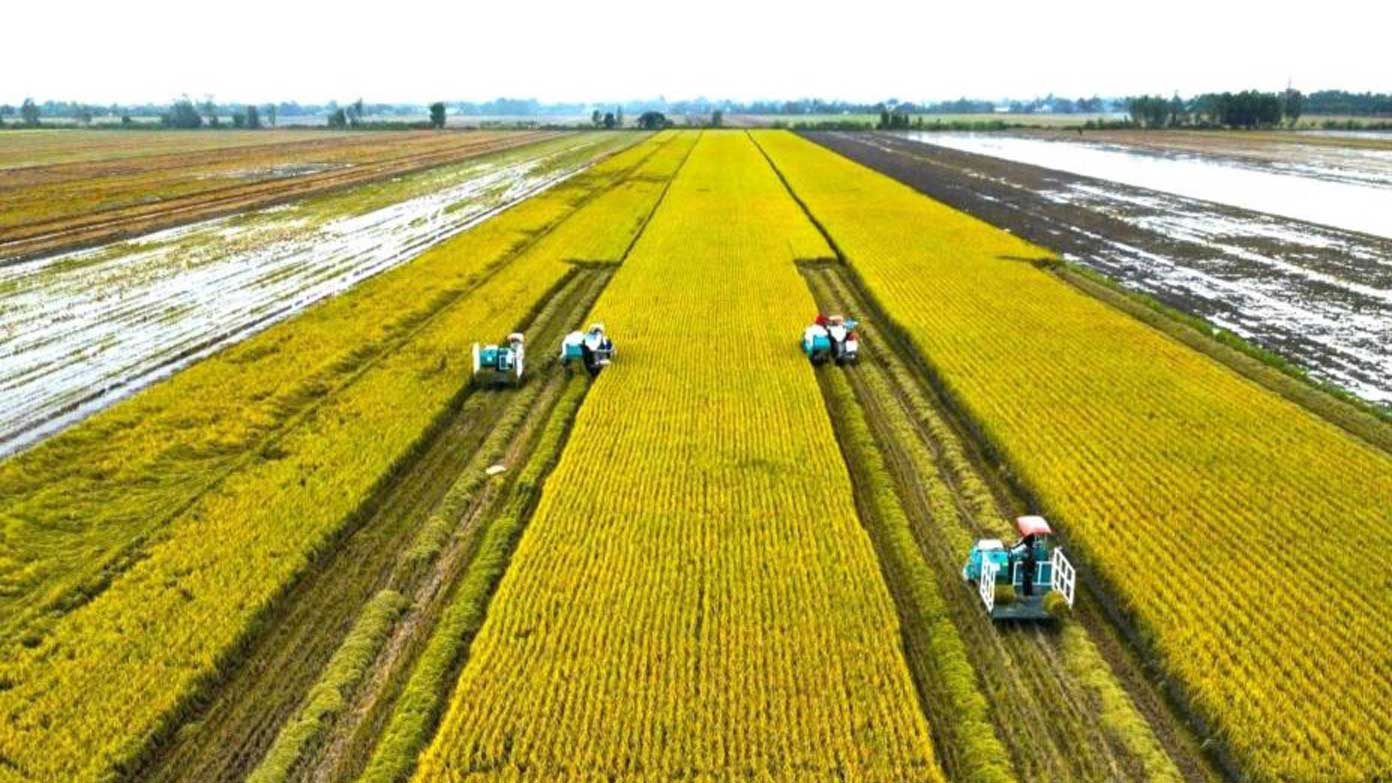According to the General Department of Customs, in the first 10 months of 2024, the country's rice export volume reached 7.75 million tons, up 10.1% over the same period last year and worth 4.86 billion USD, up 23.5%. Vietnam's rice is mainly exported to the ASEAN market with 5.6 million tons, accounting for 72% of the country's total rice export volume and up 33.6% over the same period last year.

Regarding Vietnam's rice export situation this year, Mr. Pham Thai Binh - General Director of Trung An High-Tech Agriculture Joint Stock Company (Can Tho City) - said that Vietnam's rice is a potential market compared to other countries in the world.
The factors that have contributed to the growth of the Vietnamese rice industry include the reduction in rice cultivation area and rice output in many countries around the world due to the extremes of climate change. The second factor is the restructuring of the rice industry, especially the drastic direction of the Ministry and sectors to change the production methods, criteria and standards related to the quality of Vietnamese rice, specifically the Project "Sustainable development of 1 million hectares of high-quality, low-emission rice cultivation associated with green growth in the Mekong Delta by 2030" (referred to as the Project). The Project will help the Vietnamese rice industry enhance the value and position of Vietnamese rice in the international arena.

As a company that exports 8 types of rice internationally, Mr. Binh said that the current trend of domestic and foreign consumers for food products is food safety and hygiene. Participating in the Project means implementing criteria to meet that standard.
“The project not only increases the value of rice grains, but also reduces greenhouse gas emissions. This means that in the near future, the Vietnamese rice brand will be labeled low carbon. This clearly adds the responsibility of environmental protection to the rice grain of the producer. That will contribute to increasing the value of Vietnamese rice. The Vietnamese rice industry will have an advantage over some other countries in the world,” said Mr. Binh.
Mr. Le Thanh Tung - Deputy Director of the Department of Crop Production (Ministry of Agriculture and Rural Development) - commented that despite many advantages such as good productivity and varieties, and relatively low production costs, the selling price of Vietnamese rice is still not high because the price level of rice varieties participating in world market trade is only at that level. If we want a higher price, we need to have something new, in this case, a farming method that creates trust for consumers. That is more important than any certificate of food safety and hygiene.

According to Mr. Tung, reducing emissions does not change the quality of rice but it does affect the value of rice. Consumers see the responsibility of producers towards the environment, towards what the world is concerned about, then the value of rice can be increased.
That is also the goal of the Project's pilot models. From these models, we will replicate them for production on 1 million hectares or even for the entire rice cultivation area of the Mekong Delta and possibly for the whole of Vietnam. That is the voice of Vietnamese rice or a new direction to increase the value of Vietnamese rice.
